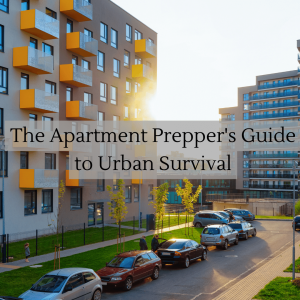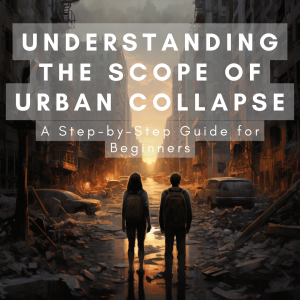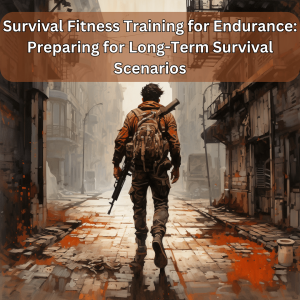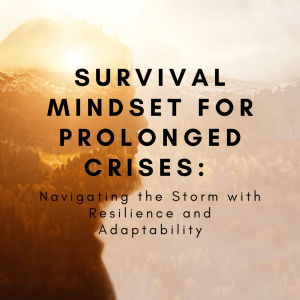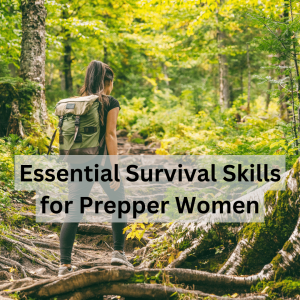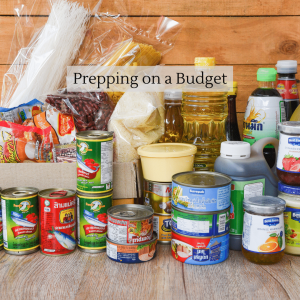In today’s uncertain world, having an emergency food stockpile is essential for any household. Whether you face natural disasters, economic crises, or personal emergencies, being prepared with a well-stocked pantry can provide you with peace of mind and ensure your family’s well-being. While building an emergency food stockpile may seem daunting, it is entirely possible to do so on a budget. This article will guide you through the process of building a robust and affordable emergency food stockpile to help you weather any storm.
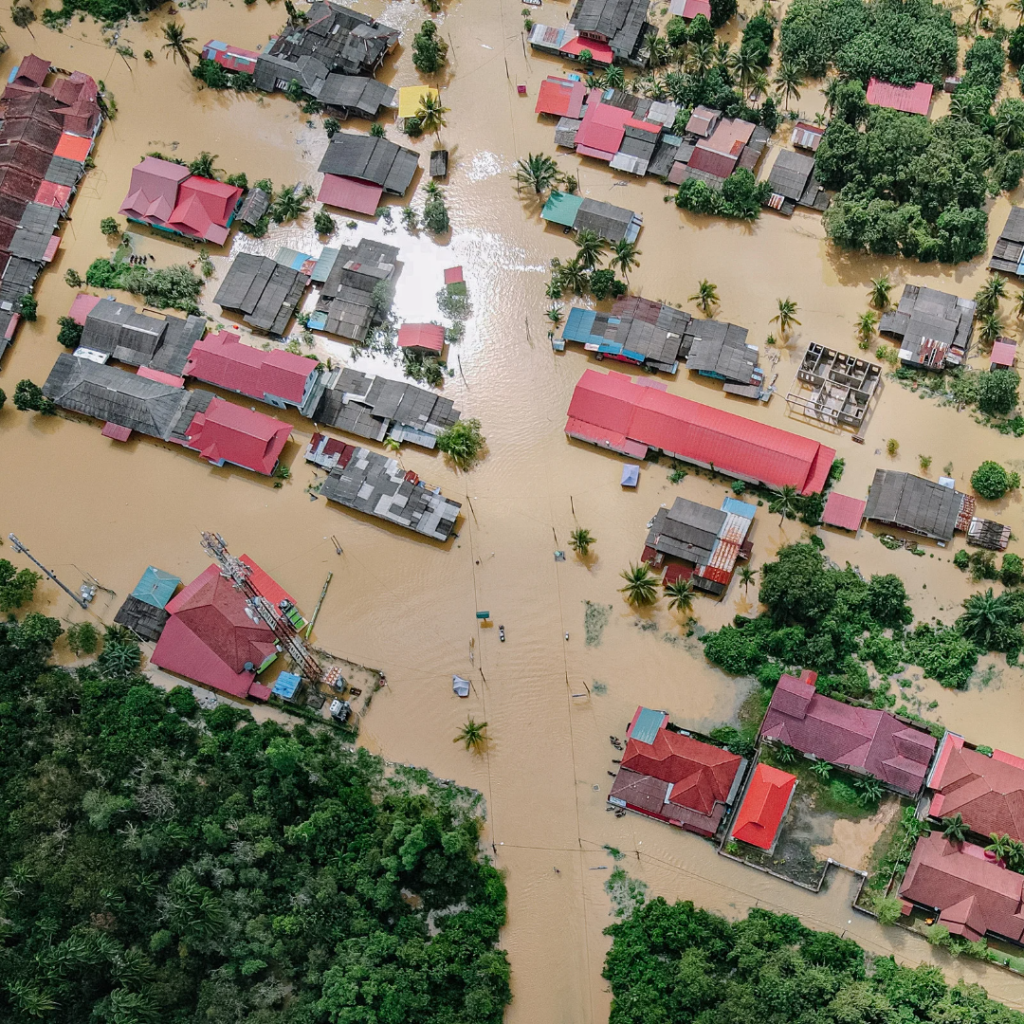
Assess Your Needs and Goals
Before embarking on the journey of building an emergency food stockpile, it is crucial to assess your specific needs and goals. Consider the size of your family, any dietary restrictions or allergies, and the length of time you want your stockpile to sustain you. Set realistic objectives and determine the amount of food you need to store to achieve them.
Create a Emergency Food Stockpile Plan
A well-organized plan is vital for building an efficient emergency food stockpile. Start by dividing your stockpile into three categories: short-term, medium-term, and long-term supplies.
- Short-term Supplies: This category covers the immediate needs of your household during a temporary emergency, such as a power outage or severe weather event. Plan for a minimum of three to seven days’ worth of food that does not require refrigeration or cooking, such as canned goods, energy bars, and ready-to-eat meals.
- Medium-term Supplies: These supplies should sustain your family for several weeks or months in the event of an extended crisis or disruption of essential services. Focus on foods with longer shelf lives, such as dried grains, pasta, canned fruits and vegetables, and powdered milk. Rotate these items regularly to maintain freshness.
- Long-term Supplies: Aim to store food that can sustain your family for six months to a year. Opt for storable foods like dehydrated or freeze-dried meals, rice, beans, oats, and other bulk grains. Additionally, consider investing in airtight containers or Mylar bags to enhance the shelf life of your long-term supplies.
Shop Smart: Budget-Friendly Food Storage
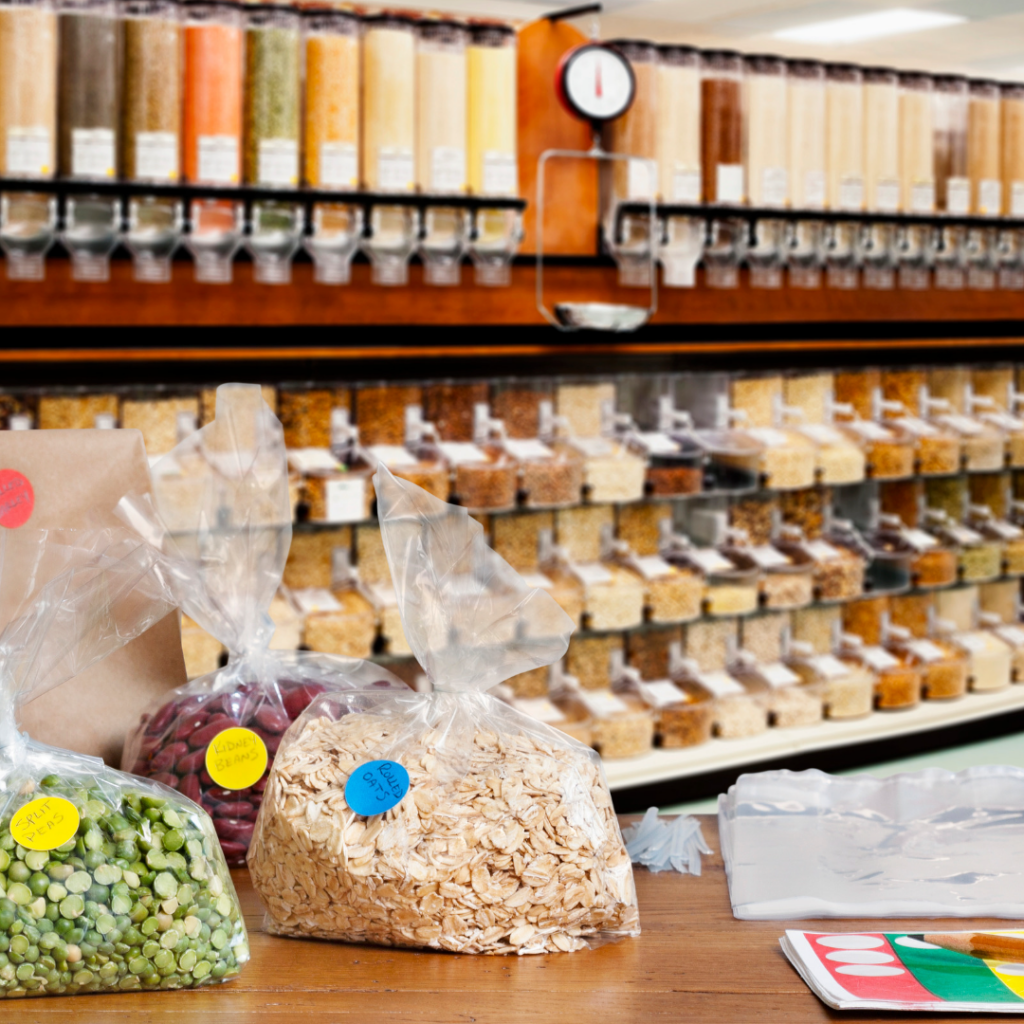
Building an emergency food stockpile on a budget requires careful planning and smart shopping. Here are some tips to help you save money while accumulating essential food supplies:
- Set a Budget: Determine the amount you can allocate to building your emergency food stockpile and stick to it. Prioritize your purchases based on immediate needs and long-term goals.
- Shop Sales and Discounts: Keep an eye out for sales, coupons, and bulk discounts at your local grocery stores and online retailers. Purchase non-perishable items in larger quantities when they are on sale to maximize savings.
- Buy in Bulk: Buying in bulk is often more cost-effective than purchasing individual items. Look for wholesale stores or cooperatives that offer discounted prices on staple foods like rice, beans, pasta, and canned goods.
- Consider Store Brands: Store-brand products often provide comparable quality to name brands at a lower cost. Explore generic options for canned goods, grains, and other non-perishable items.
- Incorporate Thrifty Ingredients: Rice, beans, lentils, oats, and pasta are affordable staples that can form the foundation of your emergency food stockpile. These ingredients are versatile, nutritious, and have a long shelf life.
- Preserve Your Own Food: If you have access to fresh produce, consider preserving it through canning, dehydrating, or freezing. Preserving your own food allows you to take advantage of seasonal abundance and reduces your reliance on store-bought items.
Storage and Rotation
Proper storage and rotation of your emergency food stockpile are crucial to maintaining food quality and ensuring you always have fresh supplies available. Follow these guidelines:
- Choose Suitable Containers: Store food in airtight containers made of food-grade plastic, glass, or metal. Ensure they are clean, dry, and free from odors to prevent contamination.
- Use FIFO: FIFO (First In, First Out) is a rotation method that involves using the oldest items in your stockpile first. When adding new purchases, place them at the back and move the older items forward to maintain freshness and prevent waste.
- Monitor Temperature and Humidity: Store your stockpile in a cool, dark place away from direct sunlight, extreme temperatures, and high humidity. Ideal storage locations include basements, pantries, or designated storage areas.
- Track Expiration Dates: Regularly check the expiration dates of your stored items and rotate them into your daily meal plans or donate them before they expire. This practice ensures that your stockpile remains fresh and up-to-date.
Supplement Your Emergency Food Stockpile Plan
An emergency food stockpile is not solely about non-perishable goods. Consider supplementing your stockpile with other essential items:
- Water: Ensure you have an adequate supply of clean drinking water for each family member. Aim for a gallon of water per person per day for a minimum of three days.
- Medications and First Aid: Include a well-stocked first aid kit and any necessary prescription medications in your emergency supplies.
- Basic Cooking Supplies: Don’t forget to include a manual can opener, portable stove, fuel, and disposable utensils in case of a power outage or limited cooking facilities.
- Hygiene and Sanitation: Stock up on hygiene products such as toilet paper, soap, toothpaste, and feminine products. Also, have sanitation supplies like garbage bags, bleach, and disinfectants.
Conclusion
Building an emergency food stockpile on a budget is an achievable goal with careful planning and smart shopping. By assessing your needs, creating a stockpile plan, shopping strategically, and practicing proper storage and rotation techniques, you can ensure your family’s well-being during times of crisis. Remember to review and update your stockpile regularly to accommodate changing circumstances and expiration dates. An emergency food stockpile not only provides practical benefits but also brings peace of mind, knowing that you have taken proactive steps to protect your loved ones in uncertain times. Start today and take charge of your family’s preparedness!
